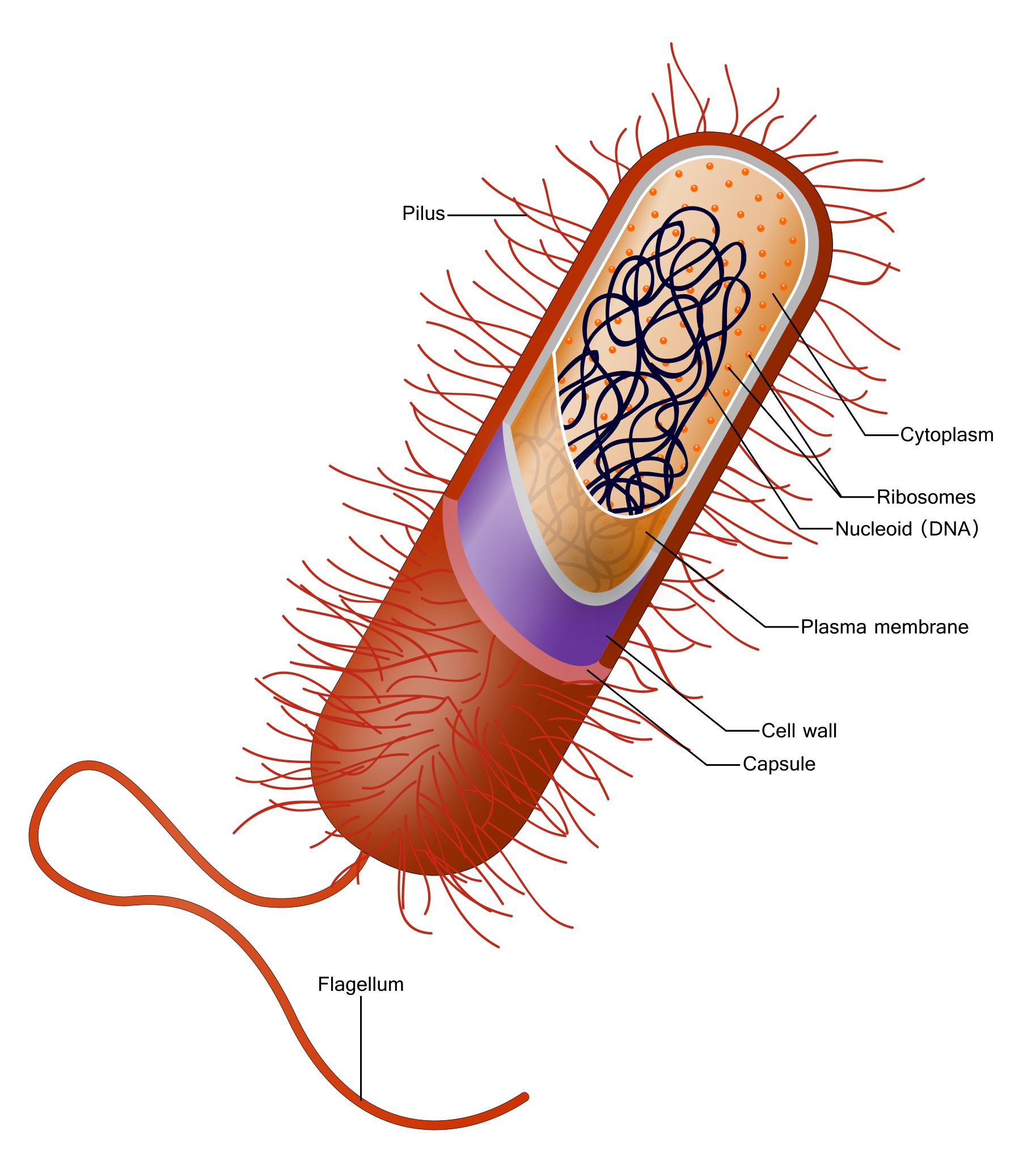How Single-Celled Ocean Dwellers Help Stabilize the Climate
Climate change debate has generated growing interest in carbon sequestration (carbon dioxide removal from the atmosphere). Consequently, many communities and nations are sponsoring reforestation. Trees take carbon dioxide from the atmosphere and convert it into cellulose, which is stored in the trees’ trunks, branches, and roots. The concept is that the more trees we have on Earth, the more carbon dioxide will be pulled from the atmosphere and, therefore, the less of the Sun’s heat will be trapped by the atmosphere.
Trees play a role, but what isn’t widely recognized is that far more carbon is sequestered in the world’s oceans than exists in all Earth’s trees. There is as much carbon in the oceans as there is carbon in Earth’s atmosphere, and this oceanic carbon component is predominantly dissolved organic matter (DOM). Scientists have learned that deep-ocean microbes pull carbon down to the depths rather than returning it all to the atmosphere as carbon dioxide.
Sequestration Time Scales
Trees don’t sequester carbon forever. Eventually, they get consumed in a forest fire or die. When they burn or die (decay), they release their stored carbon back into the atmosphere as carbon dioxide. The rare exception is where some natural catastrophe buries trees under mud, lava, or volcanic ash to a degree that the carbon in the trees has no contact with the atmosphere.
Most oceanic dissolved organic carbon (DOC, a component of DOM) resists biodegradation for several millennia.1 Therefore, at least for a few millennia, the production of DOC can remove huge amounts of carbon dioxide from the atmosphere. Such a long period of time has provided more than sufficient time for human civilization to develop economically beneficial greenhouse gas mitigation endeavors.
Microbial Carbon Pump
A large fraction of oceanic DOC is of microbial origin.2 A team of eleven biologists and chemists from five universities in Canada and three universities in the United States determined which microbes are most responsible for oceanic DOC and to what degree DOC is deposited into ocean sediments, where tectonic activity can drive this DOC into Earth’s mantle.3
The researchers designed an experiment to simulate deep convective mixing in the oceans. They collected several liters of water from four different ocean depths: (1) the ocean surface, (2) 20 meters deep, (3) 500 meters deep, and (4) 1,500 meters deep. Then, they exposed the surface water to prokaryotic communities (communities of single cells where the cells lack a nucleus) taken from the different water depth samples. The team tracked changes in the DOM concentration and composition as well as changes in the prokaryotic taxa. The tracking was done on a daily basis over a 1.5-year period.
Their experiment affirmed the microbial carbon pump (MCP) hypothesis. The MCP states that DOC that is readily broken down by microbial activity (labile DOC) as it falls to progressively greater ocean depths gets transformed by prokaryotes into DOC that is impervious to breakdown by microbial activity (refractory DOC4).
The researchers established that deeper prokaryotic communities were found to be more diverse than surface ones. Furthermore, they found that deeper prokaryotes were much more efficient at producing refractory DOC. Much of this refractory DOC descends all the way to the ocean floor, where tectonic activity at oceanic subduction zones drives the refractory DOC deep into Earth’s mantle. The team of eleven concluded that prokaryotes in the oceans contribute more to long-term sequestration of carbon pulled from Earth’s atmosphere than any other natural process. Prokaryotes also contribute to the deep oxygen cycle, which must be exquisitely fine-tuned to make advanced life possible.5
Designed for Advanced Life
Although the eleven researchers didn’t comment on the philosophical significance of their studies, implications can be drawn. Prokaryotes are the simplest life-forms on Earth. The team established that it takes a combination of the following to make advanced life possible on Earth’s surface: (1) very abundant marine prokaryotes where the diversity of these prokaryotes increases with ocean depth at a fine-tuned degree, (2) prokaryote-rich deep ocean zones (akin to the Labrador Sea) of just the right number and size, and (3) fine-tuned marine tectonic subduction zones to ensure that just-right amounts at just-right rates of carbon and oxygen are delivered from Earth’s atmosphere and oceans into Earth’s mantle. The remarkable fine-tuning of each of these components—and even more so, the complex interplay between them—points to a Creator who intended to make Earth hospitable to advanced life.
The scientists’ work also implies creation care and climate change messages. Humans need to manage the marine environment to ensure that both the abundance and diversity of prokaryotes are sustained. We also need to determine how we might increase the abundance and diversity of prokaryotes in the oceans. Such efforts may provide a more rapid, efficient, and economic strategy for mitigating global warming and stabilizing Earth’s climate for our benefit and the benefit of all other life.
Endnotes
- Dennis A. Hansell et al., “Dissolved Organic Matter in the Ocean: A Controversy Stimulates New Insights,” Oceanography 22, no. 4 (December 2009): 202–211, doi:10.5670/oceanog.2009.109.
- Richard LaBrie et al., “Deep Ocean Microbial Communities Produce More Stable Dissolved Organic Matter through the Succession of Rare Prokaryotes,” Science Advances 8, no. 27 (July 8, 2022): id. eabn0035, doi:10.1126/sciadv.abn0035.
- Karl Kaiser and Ronald Benner, “Major Bacterial Contribution to the Ocean Reservoir of Detrital Organic Carbon and Nitrogen,” Limnology and Oceanography 53, no. 1 (January 2008): 99–112, doi:10.4319/lo.2008.53.1.0099.
- Federico Baltar et al., “What Is Refractory Organic Matter in the Ocean?,” Frontiers in Marine Science: Section Aquatic Microbiology 8 (April 1, 2021), id. 642637, doi:10.3389/fmars.2021.642637.
- Hugh Ross, “Deep Oxygen Cycle Provides Evidence for Creation of Animals,” Today’s New Reason to Believe (blog), Reasons to Believe, October 12, 2020; Hugh Ross, Designed to the Core (Covina, CA: RTB Press, 2022), 216–217.






